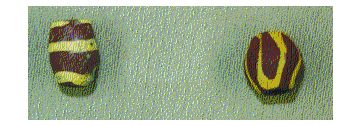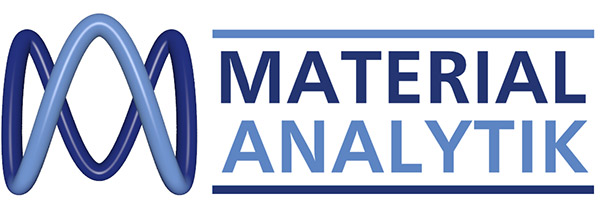Archaeometry
Measuring samples of cultural-historical origin, a measurement technique that is non-destructive and requires no sample preparation is usually obligatory. Depending on the size and materials of the sample a transfer into a vacuum chamber might not be possible.
Thus, XRF or a micro-XRF that was developed as a PhD thesis were typically applied.
In most cases the results lead to further information, e.g. manufacturing techniques and place of origin or differentiation of genuine or forged pieces.
Altenberg Altar
In collaboration with the Städel Museum Frankfurt and Bruker Nano the backside of the Altenberg Altar was investigated with a commercial micro-RFA instrument.
The results will be presented in the exhibition “Heaven on display”.
Medieval artefacts

Glass beads are common grave goods found in women's burial places of the Merovingian period. They are of different color (mainly white, orange, green and brown) and are mono- or biochrome with only a few polychrome ones (Millefiori beads). Characterizing the beads scientifically the main and minor components of the glass matrix as well as of the colouring compounds could be determined.
A find dated between 550 and 575 CE consists of five golden medaillons and two Roman coins fitted with eyes, probably used as ornaments. Comparing the compositions the question could be resolved whether the eyes were there from the outset or were subsequently added.
Ancient coins
Ancient Roman coins consisted of gold or silver, initially in solid form. Plating an ignoble metal a forger could profit accordingly. In later times even the official mints switched over to plating, creating the need for techniques that used less and less noble metals.
While the first plated Denars used foil silvering with up to 150 µm thickness, the latter ones exhibited only silver containing layers with as small as 1-5 µm thickness. The plating technique and its manufacturing process can be identified by measuring the film thickness, its composition and the one of the core material.
Due to wear and corrosion the original plating can be damaged; a mapping of the silver over the whole surface of the coin with EPMA shows where remnants can be found.
The remaining thickness of the plating can be found out by depth profiling, e.g. with SIMS.












